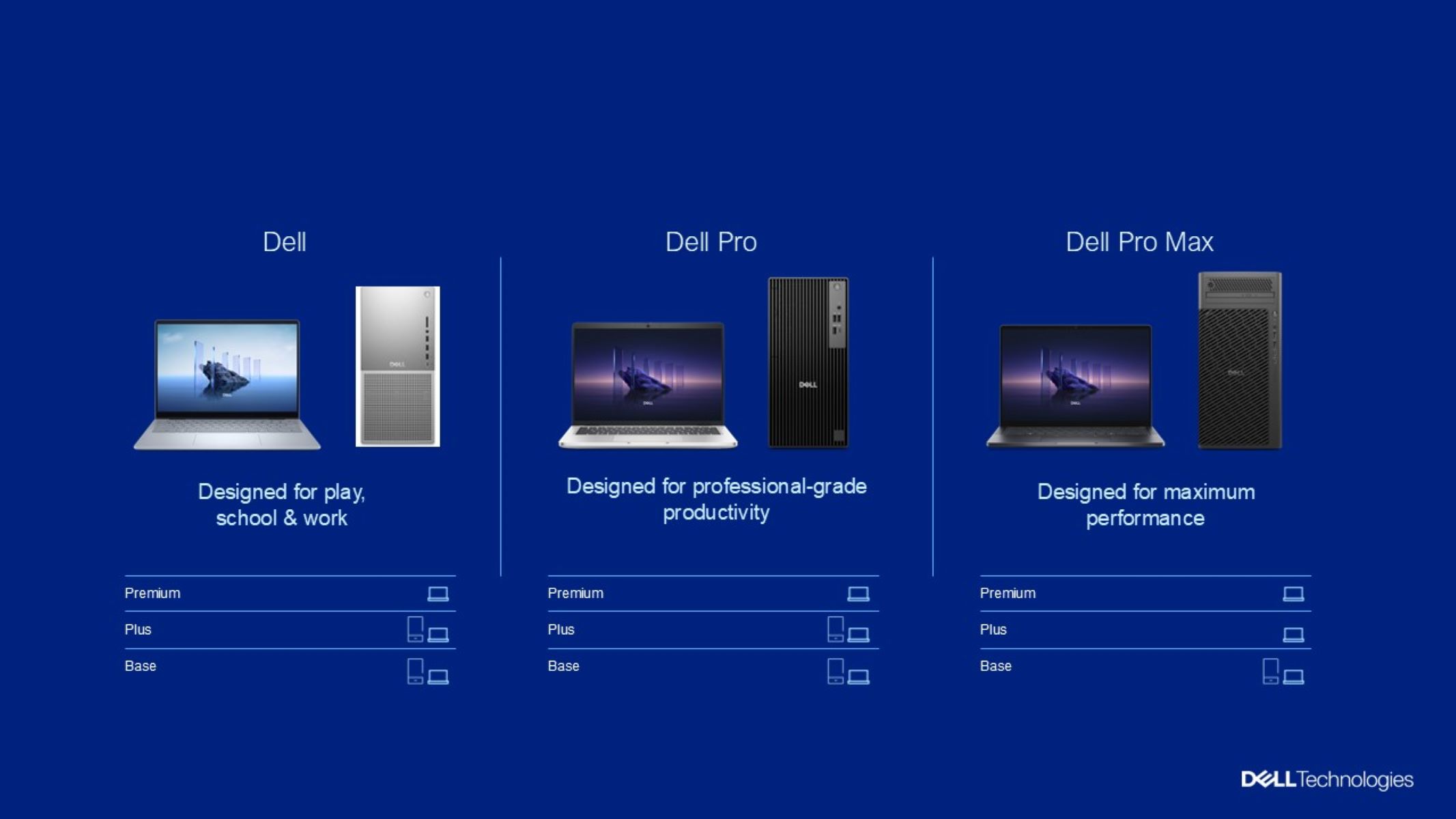In the ever-evolving world of personal computing, one thing has become abundantly clear: the market is saturated with confusing branding schemes from PC OEMs. The result? Decision paralysis for customers. At least, in the context of SMBs and Midmarket firms, Techaisle research finds that for 72% of firms, choice and complexity create decision inertia. Dell Technologies, however, is taking a bold step forward, cutting through the noise with a new, simplified branding strategy designed to make choosing the right PC easier than ever before. This isn't just about a name change; it's about creating clarity, building trust, and leading the industry towards a future where technology is accessible and straightforward.
The Problem: PC Brand Overload
For too long, users have been bombarded with a bewildering array of PC brands, each with seemingly arbitrary naming conventions. The sheer number of brands, models, and features can make it incredibly difficult to discern which PC is the right fit. It's like walking into a grocery store with 50 brands of cereal, each with its own unique box and promises, making a simple breakfast decision an exhausting task.
This confusion creates what I call "decision inertia." Faced with too many options and not enough clarity, customers postpone their purchase or, worse, opt for a PC that doesn't truly meet their needs. This hurts both customers and PC manufacturers, which is a sign that the industry needs a change.
Dell’s Solution: A Clear Path Forward
Dell's new branding strategy is a breath of fresh air in this chaotic landscape. Instead of adding to the confusion, Dell is simplifying its portfolio into three clear and distinct PC categories:
- Dell: This category is designed for everyday users, encompassing laptops and desktops suitable for personal use, education, and light professional tasks. It's the "go-to" for reliable and affordable computing for individuals and families.
- Dell Pro: This tier caters to professionals and businesses that require robust and secure devices for productivity and collaboration. This category offers laptops and desktops with enhanced security, durability, and manageability.
- Dell Pro Max: This top-tier category is built for power users and demanding professionals who need maximum performance and cutting-edge technology. The Dell Pro Max lineup comprises high-performance workstations and laptops for complex workloads like content creation, data analysis, and scientific research.
This streamlined approach is more than just a name change. It is a commitment to providing customers with a clear understanding of what each category offers, making the buying experience more intuitive and less overwhelming. Putting the trusted "Dell" name front and center builds on decades of PC innovation and trust.

The Merits of Simplified Branding
The move to a simplified branding strategy offers many benefits, not just for customers but also for Dell itself:













